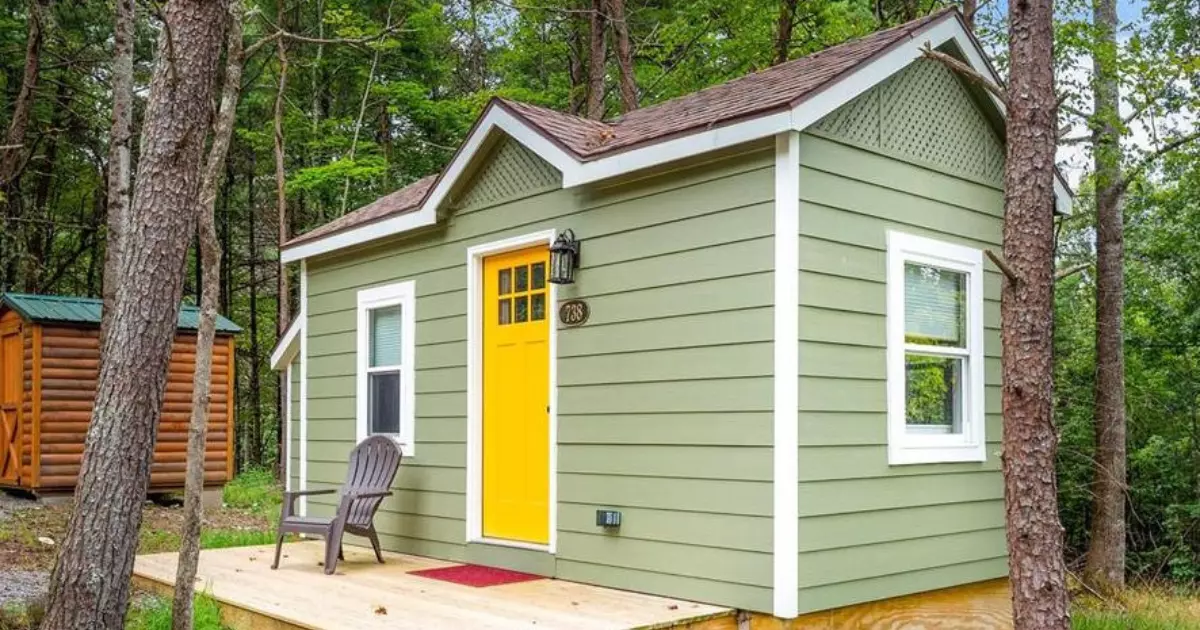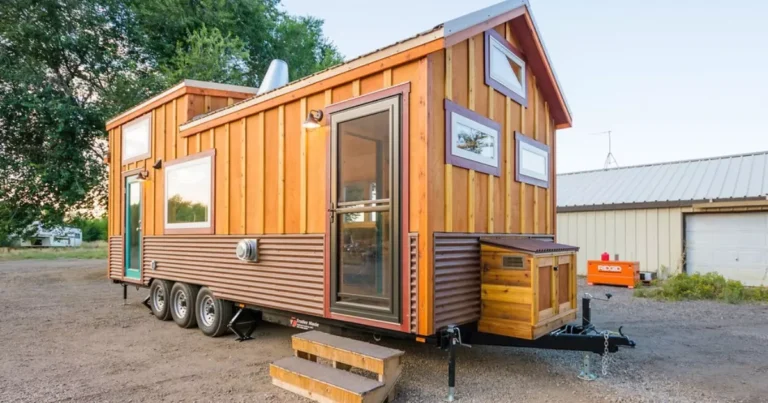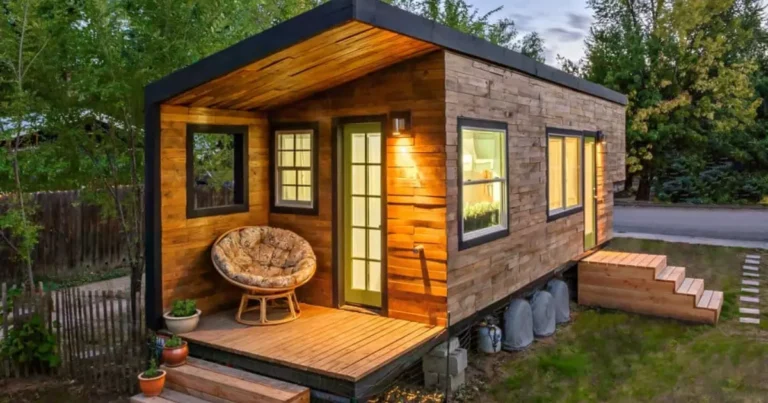How Long Does It Take to Build a Tiny House? Epic Speed

It typically takes around 3 to 4 weeks to build a tiny house, depending on factors like design complexity, weather, and available resources. For an accurate estimate, consider your specific project details and local conditions.
When it comes to building a tiny house, one of the most common questions is, “How long will it take?” The timeline for constructing a tiny house can vary significantly based on various factors. From design decisions to weather conditions, there are multiple elements that can impact the duration of the building process.
In this article, we’ll explore the key factors that influence the time it takes to build a tiny house and provide insights into each stage of the construction journey.
Building a tiny house is an exciting endeavor that offers both freedom and challenges. The construction timeline is a crucial aspect of this journey, influencing when you can move into your cozy and compact abode.
Planning and Design Phase
The first step in constructing a tiny house is meticulous planning and design. This phase involves choosing the right design that suits your needs, making necessary customizations, and obtaining the required permits and approvals from local authorities.
Choosing the Right Design
Selecting a design that aligns with your lifestyle and preferences is vital. Whether you opt for a rustic cabin feel or a sleek modern design, your choice will impact the construction time. Pre-designed plans can expedite this stage, while custom designs may take longer to finalize.
Customization and Modifications
Tiny houses are all about maximizing space efficiency. During this phase, you may decide to add unique features or modify the layout. While customization enhances personalization, it can add time to the planning stage.
Acquiring Permits and Approvals
Before construction begins, obtaining the necessary permits and approvals is essential. Zoning regulations and building codes must be adhered to. The time taken for this step can vary based on local regulations and the complexity of your design.
Site Preparation
Preparing the building site is a critical phase that sets the foundation for the construction process.
Clearing and Leveling the Land
Clearing the land of debris and vegetation, and ensuring a level surface, is crucial. The time required depends on the condition of the site and any pre-existing structures.
Foundation Installation
The type of foundation you choose, whether it’s a traditional concrete foundation or a trailer-based foundation, impacts the timeline. While trailers offer mobility, a fixed foundation might take longer to install.
Building Materials and Resources
Sourcing the necessary building materials and ensuring their availability is another factor affecting construction time.
Sourcing Sustainable Materials
Many tiny house builders prioritize sustainable and eco-friendly materials. Locating these materials might take more time but contributes to the overall environmental impact of your tiny house.
Availability and Delivery
Delays in material delivery can extend the construction timeline. Ordering materials well in advance and having backup suppliers can mitigate such delays.
Construction Phase
The construction phase involves the actual building of your tiny house.
Framing and Structural Work
This phase includes framing walls, installing the roof, and creating the basic structure. The complexity of the design and the skills of the construction team play a role in determining the time required.
Interior and Exterior Finishes
Adding insulation, interior walls, and exterior finishes transforms the structure into a livable space. Finishing touches such as paint, siding, and roofing materials contribute to the timeline.
Utilities and Systems Installation
Installing necessary utilities and systems is a crucial step in tiny house construction.
Electrical and Plumbing Setup
Laying down electrical wiring and plumbing connections demand meticulous attention. Integrating these systems effectively requires time and expertise.
Off-Grid Considerations
If your tiny house is designed to be off-grid, incorporating renewable energy sources and water conservation systems might add complexity to this phase.
Final Touches and Quality Checks
As the construction nears completion, attention shifts to the finishing details and quality checks.
Interior Furnishings
Furnishing your tiny house involves selecting space-efficient furniture and storage solutions. This step adds a personal touch but may also extend the timeline.
Thorough Inspection
A comprehensive inspection ensures that all systems are functioning correctly and that the tiny house meets safety standards.
External Factors
Several external factors can impact the construction timeline.
Weather Conditions
Unpredictable weather, especially in outdoor construction, can cause delays. Rain, extreme temperatures, and adverse conditions can halt progress.
Workforce Size and Skills
The size of your construction team and their expertise influence the pace of work. A skilled and coordinated team can expedite the construction process.
FAQs
Can I build a tiny house myself?
Absolutely! Many people choose to build their own tiny houses, but some construction knowledge is beneficial.
How can I speed up the construction process?
Proper planning, having a clear design, and working with an experienced team can streamline the process.
Are there regulations for tiny house construction?
Yes, local regulations and building codes apply. Ensure you’re aware of these before starting your project.
Can I move my tiny house after it’s built?
If your tiny house is on wheels, you can typically move it, but stationary tiny houses are meant to stay in one place.
What’s the average cost of building a tiny house?
The cost varies widely based on design, size, materials, and labor, but it’s generally more affordable than a traditional home.
Conclusion
The time it takes to build a tiny house can vary widely based on design choices, permitting processes, material availability, and other factors. While the allure of a quick construction is appealing, it’s crucial to prioritize quality and safety throughout the journey.





